I’m not typically a boycott person, but… (Isn’t that how most of these discussions start?) Well, it’s true. I have a fairly high tolerance for differing views and approaches. I’m not legalistic about what I’ll watch, read, listen to, or where I’ll shop. I can separate the people and their politics from the product. But, like most people, I do have my limits — and there is such a thing as a bridge too far.
My issue with Dylan Mulvaney, for instance, isn’t his purported trans-ition. If he, despite being biologically male, genuinely wishes to live his life as a female, that’s no skin off my nose (his maybe, but not mine). Nor do I begrudge him monetizing his experience or partnering with various corporate sponsors to do so. My primary gripe with Mulvaney is the emphasis on “girlhood” rather than womanhood. That takes the whole concept of transgenderism and plants it uncomfortably and inappropriately in the realm of children, where it most decidedly does not belong. Mulvaney is a 26-year-old and, as an adult, free to make whatever surgical and lifestyle decisions he can bankroll. But playing at being a six-year-old girl is both gross and creepy. (Consider: To whom is this designed to appeal?)
@dylanmulvaney Childhood dream unlocked ✔️ #eloise #plazahotel
My secondary beef with Mulvaney is the mockery of womanhood. I neither want nor need a man — no matter how prettified he may attempt to be — to sell makeup, tampons, or women’s athletic gear to me. And his playacting is insulting and infantile. It leans into negative female stereotypes rather than celebrating women. Sorry, no sale.
As for the Bud Light fiasco, I look at that as just a bonehead move. One needn’t hold a degree in marketing to understand that expecting an XY Audrey Hepburn knock-off to hawk an already well-known brand to your standard domestic lager demographic is blockheaded. And doubling down on it by flat-out insulting said demographic as stale and “fratty” is colossally stupid. I’ve not been much of a Bud Light drinker in recent years — my beer tastes have gradually evolved from pale lagers to chocolatey stouts and porters, and if given my domestic druthers, I’d generally go with Michelob Ultra (which, yes, I recognize is another AB-InBev product) — but I found their approach on this whole thing so unnecessarily alienating, I’ve had no qualms about forgoing their products since it all unfolded.
But that’s what brings me to my larger point — avoiding Bud Light (or even AB) products isn’t qualm-inducing because it takes virtually no effort on my part. I tend to drink wine more often than beer these days anyway. And, with abundant craft brewing, I can slake my sudsy thirst with any number of non-AB options and not think much of it. While the Bud Light boycott has been undeniably effective (and costly for AB), the same can likely be said for most of its formerly regular consumers. Sure, it may have been their preferred go-to, but ain’t nothin’ so distinctive about Bud Light that it can’t be fairly easily replaced.
In effect, AB sailed headlong into the perfect storm of tone-deaf marketing, annoying pitch person, and painlessly replaceable product, and a consumer base that’s acutely aware of (and ultimately turned off by) the message they’re being “sold” said, “Kiss my ass, I’ll have a Yuengling.”
So much so that “the Bud Light effect” has become a thing — a cautionary tale for corporate marketing departments as to how not to piss away decades of brand prominence. Which isn’t to say they’re all (or even mostly) heeding it. Rather, some are further leaning into the wokery, perhaps banking on generous ESG scores to save the day. Besides, who needs dollars when you’re swimming in virtue capital?
So now we have Target telling Bud Light to hold its beer. It’s not that Target hasn’t been doing the Wokey Pokey for years. It’s that they seem to keep upping the ante.
To be clear, I’m an extremely loyal Target shopper. I still remember how cool it was when I was little to accompany my mom to Target. The one we frequented had a big cafeteria in the center, painted a bright royal blue, if memory serves, and always smelled of freshly-popped popcorn. There wasn’t a nearby Walmart, so Target was — and always has been — my jam. Although its aesthetic (and selection) has changed dramatically over the years (whose hasn’t?), Target has remained the reliable go-to for all things household, a decent resource for simple furniture items, a place to find basic — and often trendy/cute — clothing and shoes, the default for gifts, cards, and wrapping paper, and, in more recent years, a convenient grocery store. It’s familiar and comfortable, and though, as an adult, I have shopped at Walmart and Costco at times, they don’t measure up for me. In short, Target is the almost-everything store at reasonable prices without the discount-y feel.
So, when the Great Dressing Room Kerfuffle arose several years ago, I observed, and wrinkled my nose at how Target handled it, but continued shopping there because, frankly, I never use the dressing rooms at Target. (If I do buy clothes there, usually, I bring them home to try on — they can be easily returned, if need be.) When their Pride Month display grew more prominent (and stretched into Pride Season), I raised an eyebrow but kept shopping there, still very firmly in the “You do you” camp. I didn’t even balk when they had that weird Little House on the Prairie Dress phase a year or two ago. (But seriously, who are their buyers?!)
This latest move, though? I’m afraid I’ve reached my break point. It’s not just the Pride-wear for kids — though that crosses a line. (Kids need to be left out of the great LGBTQIA culture war, in my opinion.) It’s not just the partnering with UK-based Satanist designer Abprallen — though if that doesn’t give most people pause, I’m not quite sure what will. (Come on, folks, it’s right in front of your face.) It’s those things combined with the insistence that doing so is “building engagement” with their guests. Which guests, Target? Who does this engage? What percentage of the population was clamoring for you to offer Pride-themed clothing and books for children? Who was just waiting for you to team up with the “Satan Loves You” designer before deigning to set foot in your stores? What a load of hooey.
This isn’t about expanding your customer base. It’s not about building engagement. It’s about building ESG cred and pushing a progressive narrative. You don’t care about this consumer or the millions like me. You don’t even care about our dollars. Not enough to press Pause and consider how you might find a way to market inclusivity without alienating a huge chunk of your customer base. Decades of brand loyalty are met with a dismissive handwave. Message received.
But this isn’t a painlessly replaceable product or store. Cutting ties with Target isn’t effortless — not in terms of convenience, cost, or the nostalgic reasons set forth above. Moreover, it isn’t just where I regularly shop — it’s where my pharmacy is located — and I like my pharmacy. I went there today to pick up a prescription — and do some brief recon. I can confirm that, contrary to some locales, this Target’s Pride display is loud and proud at the front of the store. And yes, it does indeed include kidswear. (See the featured image for this article.)
Bear in mind, this store is located in the reddest county in Missouri. And I will note that it was plenty busy, mid-day on a Wednesday. So I’m confident my own little boycott will make no matter to them. But it matters to me.
This morning, a (male) friend challenged conservative women to “step up” as their male counterparts did regarding Bud Light. I take issue with that — not because I disagree with taking a stand, fruitless as it may be — but because (setting aside the fact that plenty of women drink/drank Bud Light and plenty of men shop at Target) they aren’t even close to on par with one another. Giving up Bud Light cost you zero — which is precisely one of the key reasons it’s been so effective: Everyone who gives a rip can participate basically without lifting a finger.
Giving up Target isn’t the end of my world, but it does carry with it a cost — again, the convenience, the expense, and the items they carry that aren’t readily available elsewhere. So, yes, I’m reluctantly pressing Pause on my relationship with Target — not that they care. I’ll no longer expect more from them — and I’ll be paying (them) a lot less. But no, it’s not just the same as boycotting Bud Light.
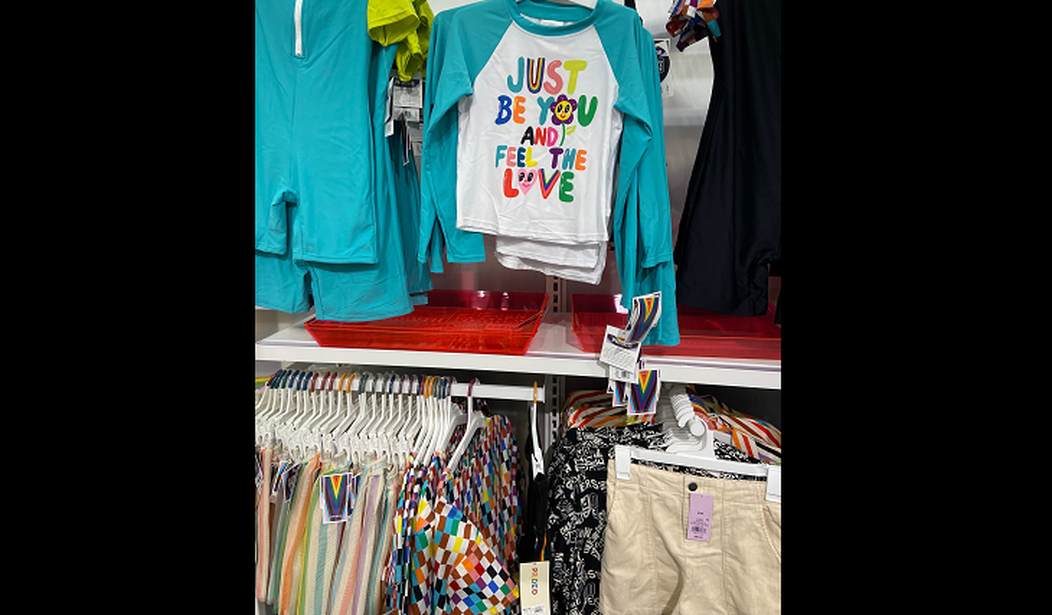
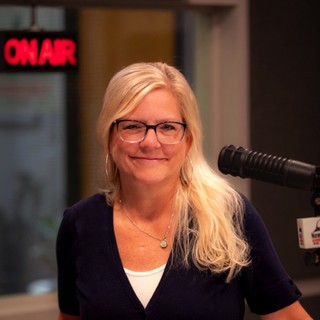
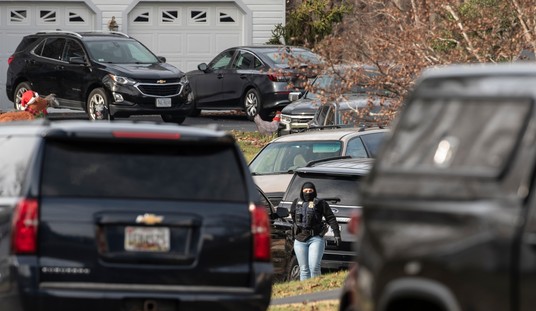


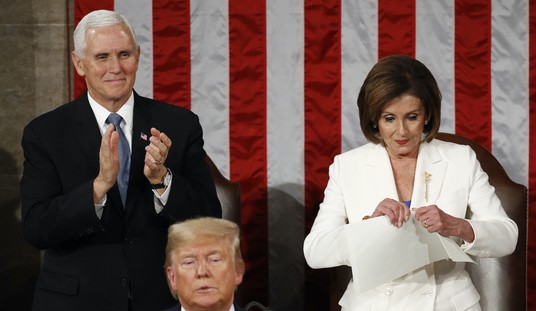

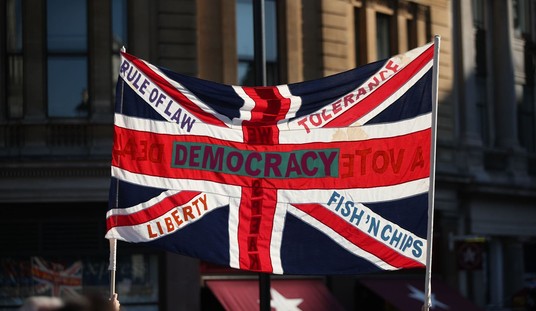




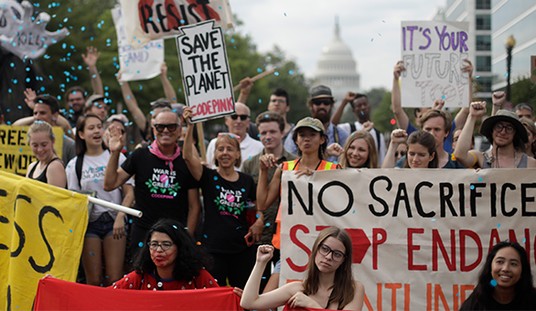
Join the conversation as a VIP Member